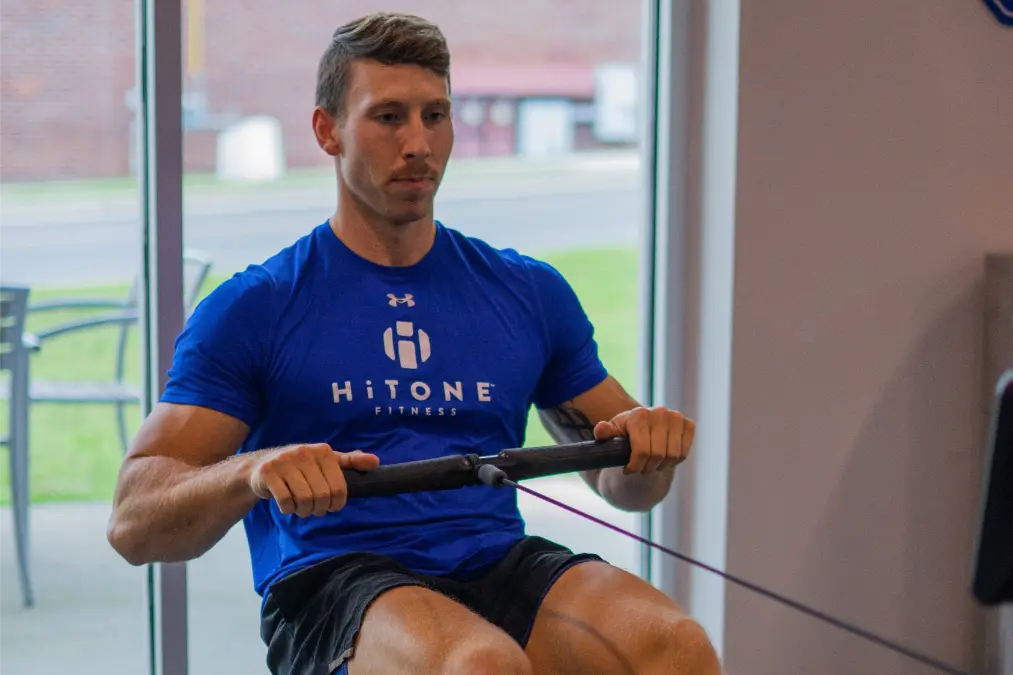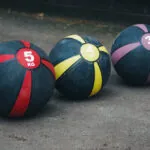Fitness assessments are crucial in understanding an individual’s physical health and fitness levels. Traditionally, these assessments have been conducted using various manual methods. However, with the advent of technology, tools like STYKU have begun to revolutionize this field. In this article, we explore how traditional fitness assessments compare with STYKU, particularly focusing on its impact in South Congaree.
Traditional Fitness Assessments
Fitness assessments have a long history, originating from simple physical tests to more complex evaluations. These tests have evolved, adapting to new scientific findings and changing fitness trends.
Common methods and tools
Traditional fitness assessments encompass a variety of methods, each tailored to measure specific aspects of physical health and fitness. These methods include:
- Body measurements: This involves measuring body parts like the waist, hips, and chest. Tools like tape measures are used, and the results can indicate body composition changes over time.
- Cardiovascular tests: These tests assess heart health and endurance. Common tests include the treadmill test and step test, measuring how the heart and lungs respond to physical activity.
- Strength evaluations: These are designed to assess muscular strength and endurance. Common methods include the handgrip test and the push-up test, providing insights into the individual’s muscle health.
- Flexibility tests: Tests like the sit-and-reach measure how flexible different body parts are, indicating the range of motion and potential areas of tightness or risk of injury.
- Balance and coordination tests: These assessments, such as the stork stand test, evaluate an individual’s balance and coordination, which are crucial for overall fitness and injury prevention.
Pros and cons
While traditional methods have been a staple in fitness assessments for years, they come with their set of advantages and disadvantages:
Pros
- Simplicity and accessibility: Many of these tests require minimal equipment and can be performed almost anywhere, making them highly accessible.
- Historical data comparison: Decades of data and research support these methods, providing a reliable baseline for comparisons.
- Customizability: Traditional methods can be easily adapted or combined to suit individual needs and fitness levels.
Cons
- Lack of precision: Despite their widespread use, these methods can lack precision. Measurements can vary based on the skill of the person conducting the test and even the time of day.
- Time-consuming: Conducting a comprehensive set of these tests can be time-consuming, both in administration and in interpreting the results.
- Subjectivity: There’s a degree of subjectivity in these tests. For instance, different trainers might measure the same body part slightly differently, leading to inconsistent results.
- Limited scope: Traditional assessments might not capture the full picture of an individual’s fitness and health, particularly in areas like body composition and detailed muscular analysis.
The Emergence of STYKU
STYKU is a groundbreaking 3D body scanning technology, revolutionizing the way body composition and shape are measured. Unlike traditional methods that rely on tape measures and scales, STYKU uses non-contact 3D body scanning to capture accurate body measurements.
This technology involves a person standing on a rotating platform while a 3D scanner captures millions of data points, creating a precise digital model of their body.
Technological advancements in STYKU
STYKU’s innovation lies in its integration of advanced technology:
- 3D imaging: Utilizing infrared sensors, STYKU captures a detailed 3D image, allowing for a comprehensive view of body shape and composition.
- Precision algorithms: The technology uses sophisticated algorithms to analyze the 3D image, providing precise measurements of body circumferences, volume, and surface area.
- Body composition analysis: Beyond mere measurements, STYKU offers an insightful analysis of body composition, including fat percentage and lean muscle mass, which are crucial for understanding overall health.
- Progress tracking: One of STYKU’s standout features is its ability to track changes over time. This allows individuals and trainers to see the tangible results of their fitness or nutrition program.
Comparing STYKU with Traditional Methods
One of the most significant advantages of STYKU over traditional fitness assessments is its accuracy. Traditional methods often rely on subjective measurements and human error can influence the results. In contrast, STYKU uses precise 3D scanning technology, ensuring a more reliable and accurate measurement of body composition.
Conclusion
Thanks to accuracy and ease of use, STYKU can be a great tool for your fitness progress tracking. No matter if you are a fitness enthusiast or a beginner. To try it, visit HiTone Fitness South Congaree and get data that will guide your fitness decisions.





